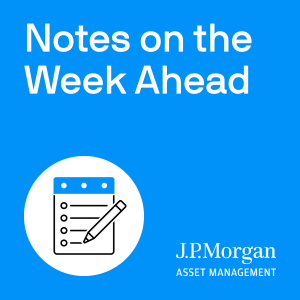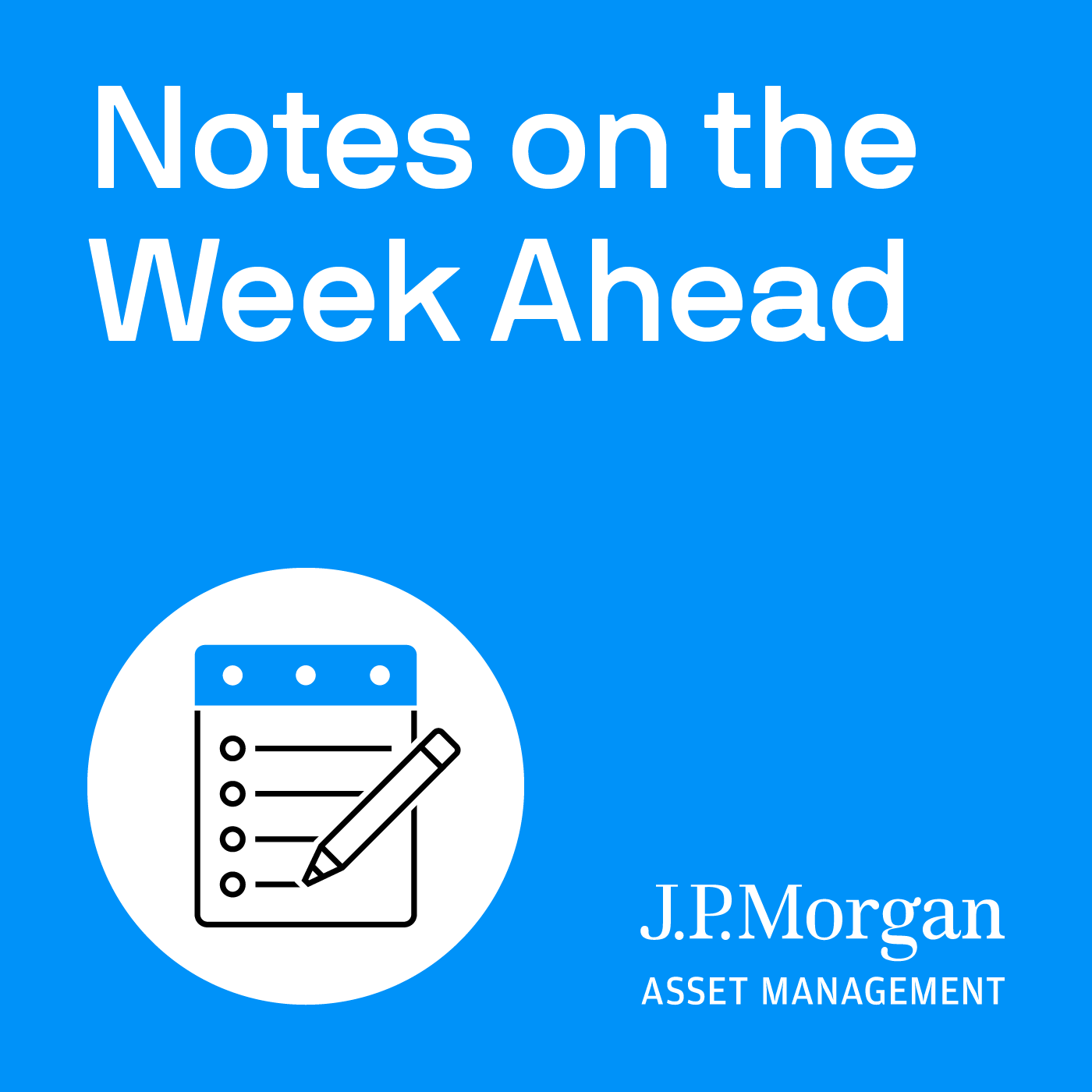Episodes

2 hours ago
Why Stocks are Outperforming the Economy
2 hours ago
2 hours ago
The Red River of the North starts at the confluence of the Bois de Sioux and Otter Tail rivers and forms most of the border between Minnesota and North Dakota. It then crosses into Manitoba and empties into Lake Winnipeg before its waters finally flow into the sea at Hudson Bay. Cities have grown up along its banks including Fargo, Grand Forks and Winnipeg and their residents are all too aware of one unfortunate feature of the river. Unlike most large U.S. rivers, it flows from south to north.

7 days ago
Forecasting the Fed’s Forecasts
7 days ago
7 days ago
On Wednesday, the Fed will hold its last FOMC meeting of the year. Their actions and communications could move interest rates across the yield curve and so are important for investors.

Monday Dec 01, 2025
The Outlook for Autos
Monday Dec 01, 2025
Monday Dec 01, 2025
When I first arrived in America, America seemed to be all about cars.
It was the early 1980s, and I had come over from Ireland to do a Ph.D. in economics at Michigan State University. The campus was strewn with the hand-me-down vehicles of the student body – great gas-guzzling behemoths rendered hopelessly uncompetitive by the soaring gas prices of the 1970s and fighting a losing battle against Japanese imports. Still, the domestic auto industry was crucial to the U.S. and particularly Michigan, and rising sales numbers, released every 10-days, were monitored as the hopeful early shoots of recovery from the brutal double-barreled recessions of 1980 and 1981-82.

Monday Nov 24, 2025
The Health of the Consumer
Monday Nov 24, 2025
Monday Nov 24, 2025
I was watching a football game over the weekend and I saw a giant lineman go down. He was in obvious pain and hobbled, assisted and very slowly, to the sideline. The TV commentators, to my amazement, said he didn’t look too bad and he was probably healthy enough to return to the field in a snap or two. But to look at this man, battered, bruised and probably many times concussed, his frame swollen by a cardiac nightmare of a diet, his veins pumped up with sugar, caffeine and who knows what else, you’d have to ask “in what world could anyone truly call him healthy?”

Monday Nov 17, 2025
Why a 1:13 expansion feels like a 1:20 recession
Monday Nov 17, 2025
Monday Nov 17, 2025
In our age of overwhelming technological progress, I still cling to the simpler practices of my youth. I read books rather than tablets, write with an ink pen in cursive rather than text with my thumbs, and attempt to use mental arithmetic, rather than a calculator, in solving math problems. I also greatly prefer an analog watch to a digital one.

Monday Nov 03, 2025
The Importance of Navigation in the Dark
Monday Nov 03, 2025
Monday Nov 03, 2025
I was rewatching Apollo 13 over the weekend - a fabulous movie, by the way, if you’ve never seen it - about how, in 1970, three astronauts returned safely to Earth following an explosion on their spacecraft, two days into a journey to the Moon.
Among the many problems faced by the crew and mission control was one of navigation. In order to conserve electrical power, they had to shut down their computers, along with their navigation systems, until they powered them up again just before reentry. Of course, this made it far more difficult to plot their course – but it was also far more important that they do so – so that they would be in the right position when they approached the Earth.

Monday Oct 27, 2025
Oil, Inflation and the Fed: The Slide and the Rollercoaster
Monday Oct 27, 2025
Monday Oct 27, 2025
This quarter, we dropped the oil page from our Guide to the Markets.
There are always exactly 65 pages in the Guide, so when we want to add a page, we have to get rid of one. The process is, unfortunately, democratic, so when my younger colleagues wanted to add pages illustrating U.S. equity market concentration (page 10), the AI capital spending boom (page 22) and dollar weakness and international equity outperformance (page 43), I had to surrender the oil page.
But I did so with all the foreboding of well-grizzled experience.

Monday Oct 13, 2025
Going Broke Slowly: The Investment Implications of Still-Rising Federal Debt
Monday Oct 13, 2025
Monday Oct 13, 2025
One of the more challenging positions in football is that of place kicker for the visiting team. In theory, the job is simple – boot the ball through the middle of the uprights. However, there is a raucous crowd cheerfully doing its best to distract you. There are often swirling winds or other elements of nature ready to divert the football from its target the moment it leaves your foot.

Monday Oct 06, 2025
The Investment Implications of the Government Shutdown
Monday Oct 06, 2025
Monday Oct 06, 2025
As we enter the second week of the government shutdown, markets appear unconcerned. Last week, the S&P500 rose to an all-time record high, 10-year Treasury yields edged down and, while the dollar slipped slightly, measures of volatility across stocks, bonds and currencies all remained subdued.

Monday Sep 22, 2025
Checking the Foundations of a Roaring Bull Market
Monday Sep 22, 2025
Monday Sep 22, 2025
As I get older, my memory gets a little foggier. That being said, I believe it was at lunch at a restaurant near our office on Friday, March 6th, 2009, when I and the then three other members of the Market Insights Team, Andy, Marlene and Jerry, made a bet. That day, although we didn’t know it at the time, the stock market hit its financial crisis low and the bet concerned how long it would take for the market to recover its losses.

